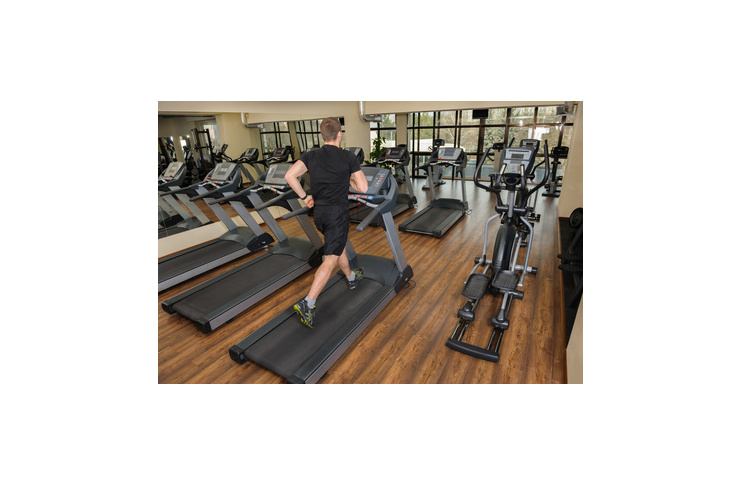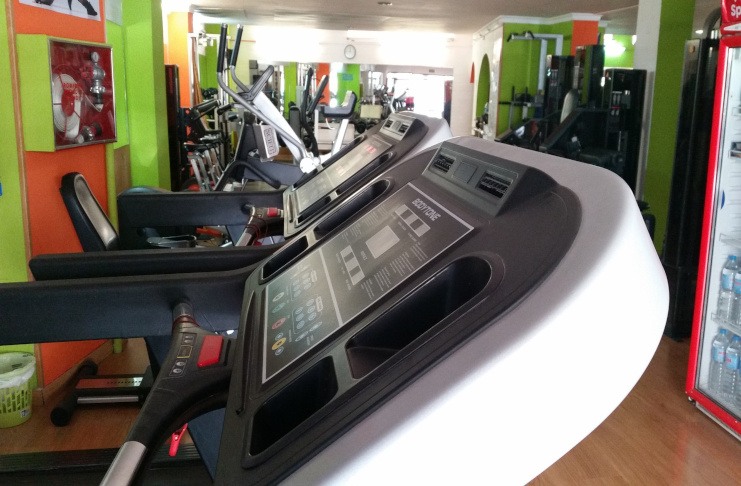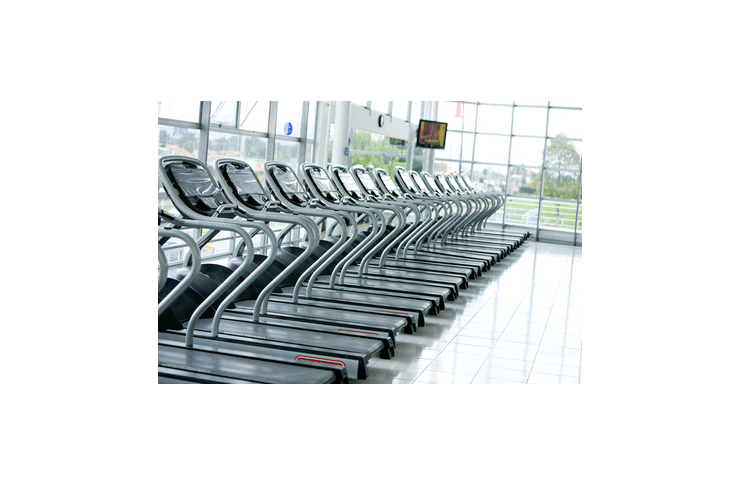The following tips will help ensure you progress from the beginner to experienced stage of running on your home treadmill, without injury and/or damage to the machine.
1.Take your time to acquaint yourself with your treadmill:
It should go without saying that you need to know the basics: safety features, starting the belt, speed selection, and how to stop the treadmill quickly if needed. Jumping up on the treadmill and running full bore, without knowing how to slow it down or stop it is just asking for trouble!
Check out this article for more safety information on using your treadmill.
2.Avoid noise-dampening headphones:
If something starts to grind, slip, squeak, etc., on the treadmill – how will you hear it if your headphones are blocking out all external noises? Use the stereo system in your console or an external stereo for playing audio, preferably not so loud that you can’t hear when something’s gone amiss.
3.The right shoes decrease injury and discomfort while running on your treadmill:
Use this article to help you decide on the right type of shoes to buy for your treadmill workouts.
4.Warm ups are mandatory:
Warm up for 5 minutes at a slow pace, where you can easily carry on a conversation without getting out of breath. This gets your heart and lungs ready, and fills your muscles and joints with blood to prevent injury.
5.Walk before you run:
This highly-overused cliché has plenty of merit for a newbie treadmill user. You want to make sure you’re very comfortable walking on a belt before you attempt to run on it. There are seriously safety concerns to watch out for (see above), including flying off the end of the apparatus, or tripping and smacking your head on the console or arm rails.
Not to mention you also need to allow your heart, lungs, and muscles to adapt to exercising!
6.Hold off on using the incline feature:
Just as you have to walk before you can run; it’s important to avoid maxing out or even using the incline until you’re comfortable with the timing needed to balance and keep pace with the belt.
Furthermore, even a slight incline causes drastic increases to your body’s oxygen needs; especially if you haven’t exercises very much before. Leave the incline until you can jog comfortably on a 0° incline, then gradually start to use this feature to spice up your workouts after a few weeks.
7.Change your routine frequently:
The treadmill doesn’t really allow you to change your daily route and the scenic view around you like you can with an outdoor run. Finding variety running indoors on a treadmill is pretty much limited to speed, incline, and time spent on the treadmill.
But there’s plenty of variety to be had though: with the treadmill you can be running up a long-sloping mountain one day, sprinting furiously down a flat track the next, then running fast and furious intervals the next. Change things up often without drastically changing pace or distance, and you’ll be in great shape in no time!
8.Don’t increase distances drastically:
Follow the 10% rule to prevent overtraining. The body simply can’t progress as fast as your mind wants would like it to. You can’t will yourself to run a 3-miler, 4x a week from your very first day on the machine. Increase distance ran by no more than 10% every week (see how on Runner’s World).
9.Don’t run through the pain:
If you’ve ever watched any of the early Rocky movies (the one’s were Mickey was still Rocky’s trainer), you’ve probably been unwittingly programmed with the mindset to “fight through the pain”. If you’re battling the mental pain associated with a lack of ambition to continue your run, then by all means keep running…
If, on the other hand, you’re experiencing physical pain, do remember that the pain will only be worse tomorrow when you wake up. Worse case scenario is you’ll injure yourself during your workout and be sidelined for a week or more, depending on the injury.
10.Avoid eating large meals before stepping on the treadmill:
You’ve probably seen lots of advice out there recommending that you eat well before running on the treadmill. If physical fitness is your only goal, eat a smaller meal an hour or two before running.
Eating too much can cause stomach cramps, gas, bloating, etc. All of which can make a short run very unpleasant. If weight loss is your main goal, running on an empty stomach ensures that your body will burn as much fat as possible (see HuffPost for more on this).
11.Cool down to avoid cramping and soreness:
Cool down by progressively slowing your pace to a comfortable walk over the course of 5 – 10 minutes before stepping off your treadmill. Stopping exercise abruptly is hard on your circulatory system and increases lactic acid buildup, which can lead to increased cramping and soreness in the days after your workout.
12.Final tip: Don’t try to emulate your heros!
This advice is only partially a tongue-in-cheek statement. Whether your hero is an olympic sprinter, distance runner, or exceptional athlete in another sport who pushes each workout to the limit… YOU have to remember that it takes more than one day to completely remodel a building!
Increasing your physical fitness and/or losing a significant amount of fat from your body is a process that takes months, even years depending on your long-term goals. Don’t try to run a marathon or heavy interval routine your first day, and don’t try to run so fast you go flying off the end of the treadmill straight through the wall behind it!
Injury and over-training will hold you back way more than any lack of fitness or physical disability ever will.
Good luck!




